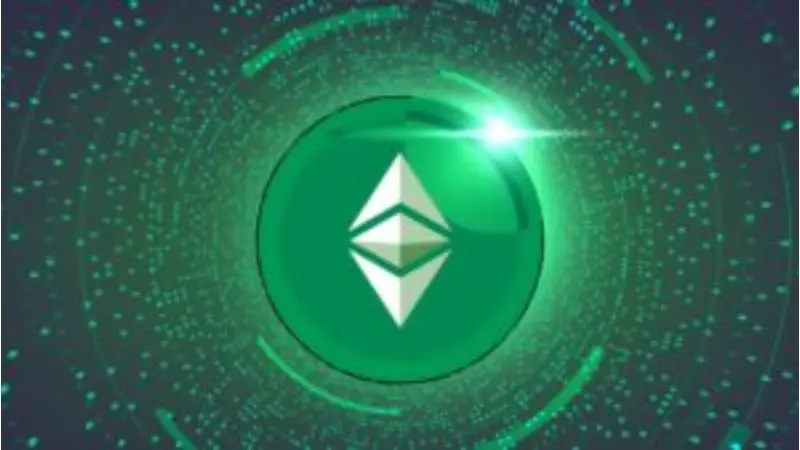
Top 8 Reasons to Participate in Ethereum 2.0 Staking
Why Has Staking Become a Trend?
Ethereum 2.0 Staking refers to the act of locking in cryptocurrencies to verify transactions for cryptocurrencies through Proof of Stake consensus mechanisms. People who will stake are rewarded for such a service. A special mobile or computer wallet is needed to lock up cryptocurrencies. In terms of increasing mining costs, and especially the increase in the costs of consumed electrical energy, crypto money producers and investors have had to create different alternatives. We have also come across Staking as another way to diversify assets on the blockchain and lower transaction fees.With the new projects, the transition from Proof Of Work to Proof Of Stake
has accelerated. Among them, in addition to crypto money units such as EOS, ATOM, ALGO, TRX, DASH, SNX, XEM, Tezos, which received great support during its ICO, Ethereum, which took the first step with the Casper project to move from PoW to PoS, can be given as examples. The currency of the Avalanche Platform, which can be actively traded in the even newer market, is a cryptocurrency that provides services with the Proof of Stake (PoS) method in AVAX. Cold wallets such as Ledger or Trezor can also switch to Proof of Stake technology by adding this feature to their hardware wallets. Throughout 2019 and 2020, the diversity of cryptocurrencies that provide staking features as investment vehicles has also increased.
8 Reasons to Become a Validator in Ethereum 2.0
The “entry ticket”, or minimum stake amount, that allows every ETH investor to participate in the Ethereum 2.0 verification process is 32 ETH. With the Ethereums locked in the system, it is possible to be both an investor and a miner.
1) Ethereum 2.0 offers its investors annual staking rewards with very high rates.
In his recent post on the benefits of Proof of Stake candeception, Etehreum co-founder Vitalik Buterin stated that 15% of annual rewards would be enough to motivate people to stake. Initially, annual staking revenue on the network is expected to be around 22%. However, with the increase in the amount of staking, there will be a decrease in staking rewards in inverse proportion. For example, if 1 million ETH are staked, the annual return will fall to 15.7%.
2) Prior to the launch of Ethereum 2.0, a FOMO study could have a positive impact on the price of ETH
In the face of increasing institutional support for Ethereum such as IBC Group, a Dubai-based boutique investment company, and Switzerland-based Bitcoin Suisse, and expectations of Ethereum 2.0, investors have turned to buying Ethereum. The ongoing rise began in mid-October. Therefore, interest in buying Ethereum can catalyze the huge price increase.
3) Having a stake in a project with a five-year history and a strong community is considered an important detail
While Ethereum 2.0 will not use the same network as Ethereum 1.0, Ethereum 2.0 will be maintained and developed by the same team and the same community. Unlike DeFi products built from scratch, Ethereum 2.0 will retain the reliability of Ethereum 1.0.
4) Guided deposit process available via Launchpad
Launchpad is a platform that helps blockchain projects raise funds and make a name for themselves in the ecosystem. The Ethereum 2.0 team has stated that money should not be sent directly to a deposit agreement address. For this, Ethereum investors need to use the Ethereum 2.0 Launchpad. Every potential investor should refer to a three-step guide on how to participate in Ethereum 2.0 Staking. According to these three stages, the potential validator must read the verification rules, generate the unique verification key, and transfer the stake to the deposit environment. Ethereum investors have the opportunity to join the team of validators without intermediaries such as stakings.
5) Unlike other cryptocurrencies, there are “forgiving” rules for validators
In addition to depositing funds, all shareholders in modern blockchains must keep the authenticator’s equipment (high-performance computer) online for most of the verification period. Those who fail to synchronize with the network may be penalized (cut off) and prevented from further stages of participation. Ethereum 2.0’s minimum uptime will be 60%, which is why Vitalik Buterin claims to have “forgiving” cutting rules. Therefore, ETH2 Stake can be much more comfortable for beginners than other PoS systems with strict requirements and high uptime.
6) It creates a more sustainable system
Validators do not need high-performance, energy-intensive computers to participate in a Proof of Stake system. With just a laptop or smartphone, Ethereum has been made better for the environment.
7) A more accessible network has been created
More people can join the network thanks to easier hardware requirements and the opportunity for investors to pool if they don’t have 32 Ethereum. With this development, it will reduce the attack surface area, making Ethereum more decentralized and secure.
8) Proof of Stake system unlocks sharding
Shredding is only possible with a Proof-of-Stake system. In the context of Ethereum, sharding will reduce network congestion and increase transactions per second by creating new chains known as “shards”.